ICRA predicts telcos likely to speed-dial ARPU improvement and hike tariffs
By MYBRANDBOOK
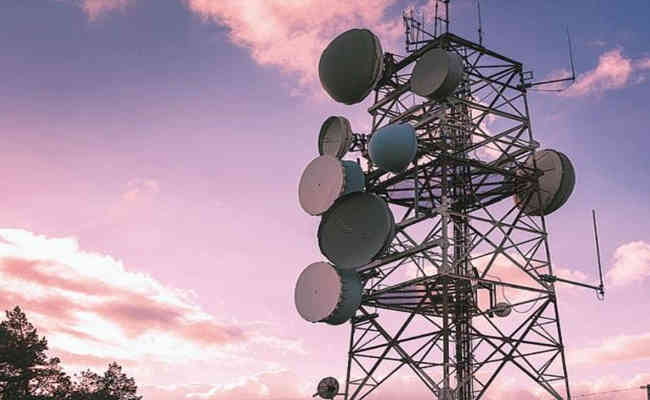
ICRA Ratings has said that ARPU improvement and further tariff hikes are on the cards, given the fact that telecom service providers (telcos) are required to make sizeable payouts in terms of AGR liabilities, spectrum purchase, regular revenue share to the government and auction installments (which start from FY2023). A sustainable and sizeable ARPU expansion is critical from the telcos perspective.
“While the industry still grapples with elevated debt levels and weak debt coverage metrics, the last fiscal has witnessed some respite in terms of steady ARPU improvement driven mainly by the tariff hikes implemented in December 2019, the deleveraging measures undertaken by the telcos, and moderation of capex intensity. Further, though clarity has emerged around the AGR issues, the relatively shorter timeframe allowed by the Supreme Court acts as a dampener,” elaborates Anupama Arora, Vice President and Sector Head, Corporate Ratings, ICRA.
ICRA notes that the competitive intensity appeared to be alleviating post the combined efforts by the industry in raising the tariffs. However, it is still some time before the tough competition recedes as it is unclear whether the next round of tariff hikes would be across the industry or limited to telcos facing AGR payments. Further, the battlefront among the telcos has shifted to the postpaid segment, where Reliance Jio (RJIL) has introduced new tariff plans, with lower rentals and higher content offerings. It remains to be seen how this will impact competition as typically India is primarily a prepaid market while internationally, many countries are dominated by postpaid connection. Postpaid segment has inherent benefits of higher ARPU and greater customer stickiness. While the proportion of the postpaid subscribers in total subscriber base is less than 5%, its contribution to revenues and OPBDITA of the telcos is around 12-15% and thus remains a lucrative segment for the telcos.
“RJIL has upped the ante in this segment, which can impact the ARPUs and profitability of the incumbents. Notwithstanding the competitive intensity, the telcos have been able to improve the ARPUs given the tariff hikes implemented in the past and consistent upgrades of 2G subscribers to 4G. This has resulted in improvement in the industry revenues and AGR in Q1FY2021. ICRA expects this trend to continue as the telcos will dial the tariff hikes again and the ARPUs are expected to reach Rs.220 in the medium-term. With this, the industry revenues are expected to improve by 12-15% per annum for FY2021 and FY2023, while OPBDITA is expected to expand by 22-25% per annum given the high operating leverage,” Arora added.
The industry debt witnessed a decline to Rs. 4.4 lakh crore as on March 31, 2020 following the deleveraging done in FY2020. However, post this, the SC order on AGR dues has added to the woes of the telcos. While clarity has emerged on the AGR payables as the SC ruled for 10-year payment terms starting FY2022, with 10% upfront payment by March 2021, relatively shorter timeframe of payment adds to the pressure on the industry. The spectrum auctions are anticipated in the current fiscal, which along with the addition of AGR liabilities in the debt is likely to result in further increase in debt to Rs. 4.9 lakh crore as on March 31, 2021, before it moderates to Rs. 4.65 lakh crore as on March 31, 2022.
Concludes Ankit Jain, Assistant Vice President, ICRA, “The improvement in operating metrics transpire in betterment of the debt coverage indicators – interest coverage is expected to expand to 2.7x for FY2022 from 1.8x for FY2020 and Total debt/OPBDITA is expected to decline to 4.6x from 6.7x over the same period. Notwithstanding the improvement, the indicators continue to remain modest due to the elevated debt levels, which continue to be the Achilles heel for the industry. The telcos will have to find avenues to reduce their debt, which include further monetisation of assets like fibre, data centers, etc, in addition to the consistent improvement in the cash flow generation in order to consistently upgrade the networks and be future ready. Given the precarious position of the balance sheet of the industry, India is likely to give a miss to the 5G call for some time. Further, the industry is in the process of a transformation from being a plain vanilla voice and data service provider to more of technology and content driven industry and a leaner balance sheet will play a major part in this transformation.”


Nazara and ONDC set to transform in-game monetization with ‘
Nazara Technologies has teamed up with the Open Network for Digital Comme...

Jio Platforms and NICSI to offer cloud services to government
In a collaborative initiative, the National Informatics Centre Services In...

BSNL awards ₹5,000 Cr Project to RVNL-Led Consortium
A syndicate led by Rail Vikas Nigam Limited (abbreviated as RVNL), along wi...

Pinterest tracks users without consent, alleges complaint
A recent complaint alleges that Pinterest, the popular image-sharing platf...


ICONS OF INDIA : SACHIN BANSAL
Sachin Bansal is an Indian entrepreneur. He is best known as the found...
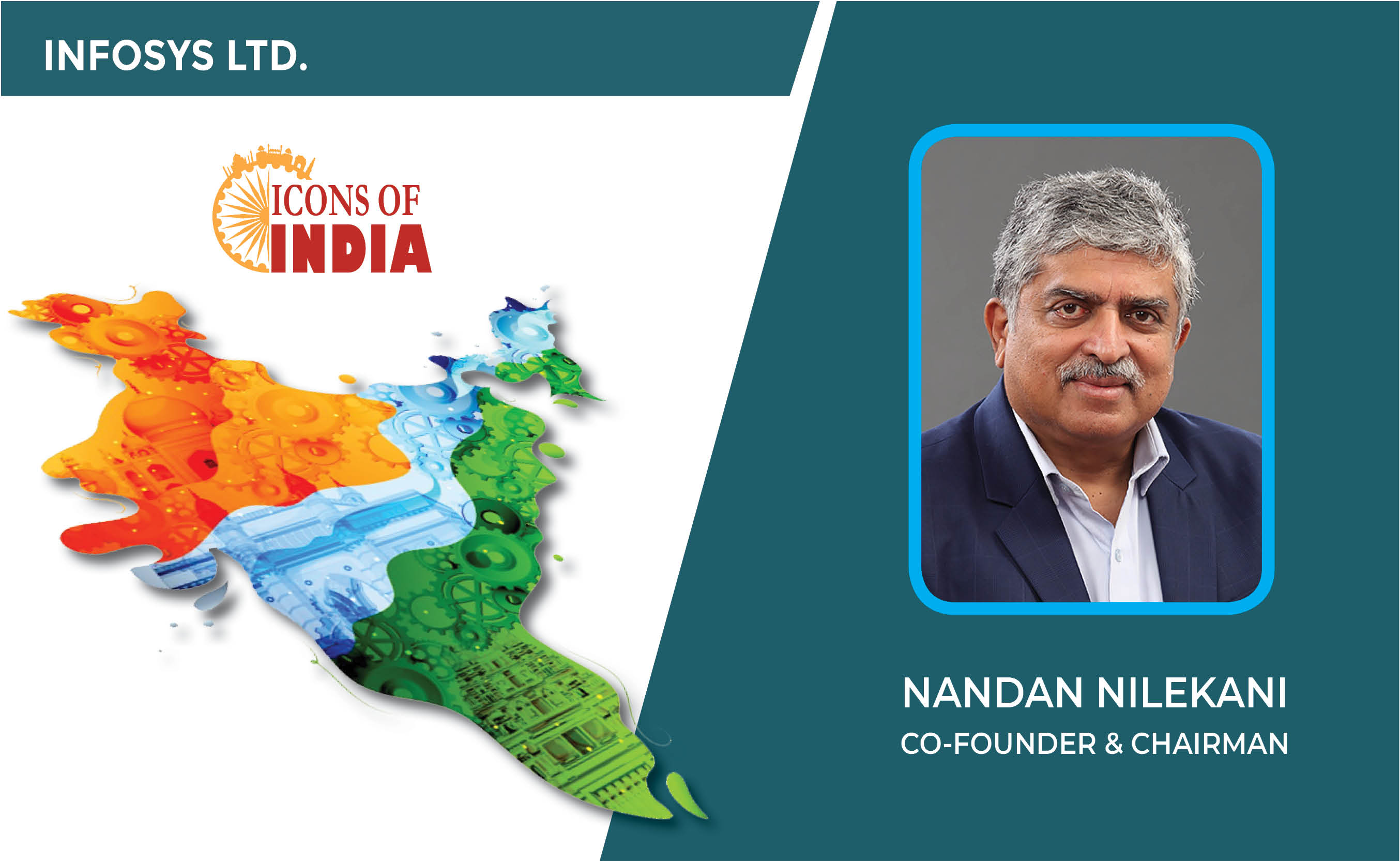
Icons Of India : NANDAN NILEKANI
Nandan Nilekani is the Co-Founder and Chairman of Infosys Technologies...
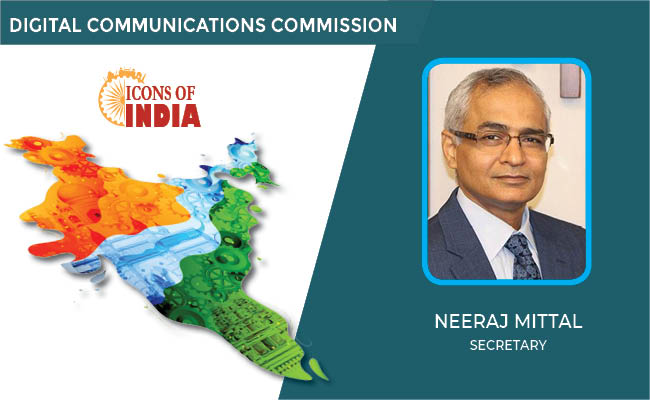
Icons Of India : NEERAJ MITTAL
He started his career as an IAS Officer in 1992. He has held various a...

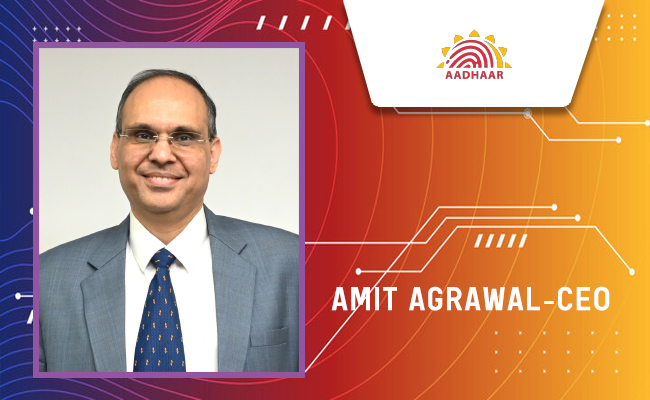
UIDAI - Unique Identification Authority of India
UIDAI and the Aadhaar system represent a significant milestone in Indi...

CSC - Common Service Centres
CSC initiative in India is a strategic cornerstone of the Digital Indi...
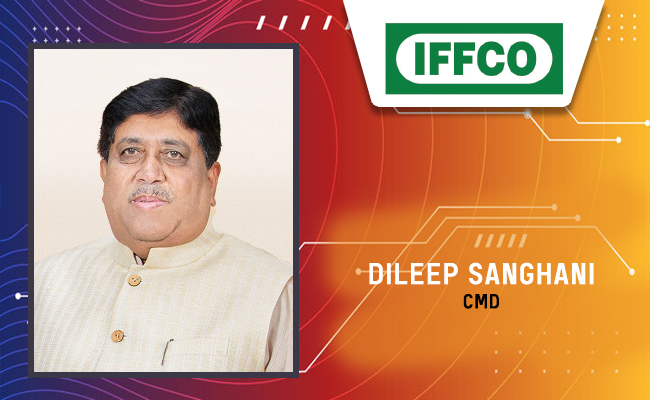
IFFCO - Indian Farmers Fertiliser Cooperative
IFFCO operates as a cooperative society owned and controlled by its fa...


Indian Tech Talent Excelling The Tech World - Vinod Dham, Founder & Executive Managing Partner, IndoUS Venture Partners
Vinod Dham, known as the “Father of the Pentium Chip,” has left an...

Indian Tech Talent Excelling The Tech World - Satya Nadella, Chairman & CEO- Microsoft
Satya Nadella, the Chairman and CEO of Microsoft, recently emphasized ...

Indian Tech Talent Excelling The Tech World - NEAL MOHAN, CEO - Youtube
Neal Mohan, the CEO of YouTube, has a bold vision for the platform’s...